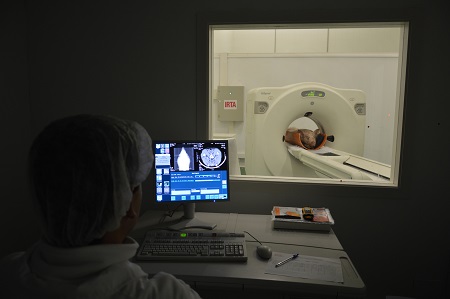Computerized tomography (CT scan) produces images of the inside of a body without opening it. This technology, initially developed for medical purposes, is being used by IRTA´s researchers to determine fat, muscle, and bone composition in animals or their carcasses.
CT scans allows inspecting the inside of the animal´s body and obtain thickness, area, and volume values of every tissue. Being a non-invasive and non-destructive technique, it allows studying the development of carcass composition in a single animal during the various stages of its growth. Traditionally, these values were obtained from serial sacrifices of animals. Among other things and because the study is done with one animal, TC scans allow saving time and money, as well an improving the accuracy of the results.
Another use of CT scans is the possibility to obtain 3D reconstructions of the animal; furthermore, works are being done to virtually cut them and predict fat and muscle composition of each of the pieces, which would allow optimizing industrial animal cutting.
IRTA owns a CT scan that is being used in several research projects and as a service to companies. According to Maria Font, a researcher in IRTA at Monells, “the CT scan allows us to follow-up tissue growth and analyse bones to view the effect the diet has on the composition of the animal”. Other possible uses are related to animal health -e.g., diagnosis of rhinitis-, genetic selection, or the follow-up of industrial processes such the salting of ham.
The European Union has approved the use of CT scanning as a reference system to calibrate carcass classification apparatus.
VIDEO: Maria Font explains in this video the use of IRTA´s CT scanner:https://youtu.be/vDNMyPs-hg4
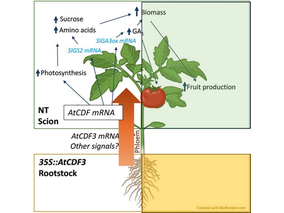
AtCDF3 gene induced greater production of sugars a...
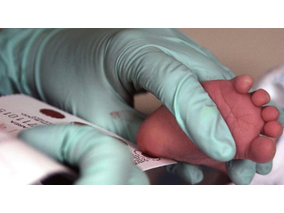
Un estudio con datos de los últimos 35 años, ind...
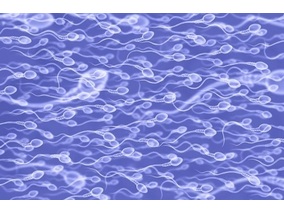
Un equipo de investigadores de la Universidad Juli...
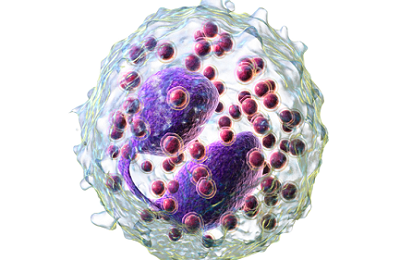
En nuestro post hablamos sobre este interesante tipo de célula del...

Palobiofarma S.L. is pleased to announce the “last patient last visi...
Biotechnology portal in Spain
Subscribe to our newsletter and stay up to date with the latest news and deals!
2013 © Biotech-Spain.com - Site Developments SL. All Rights Reserved. Terms of Service | Privacy Policy
Articles
Directory
